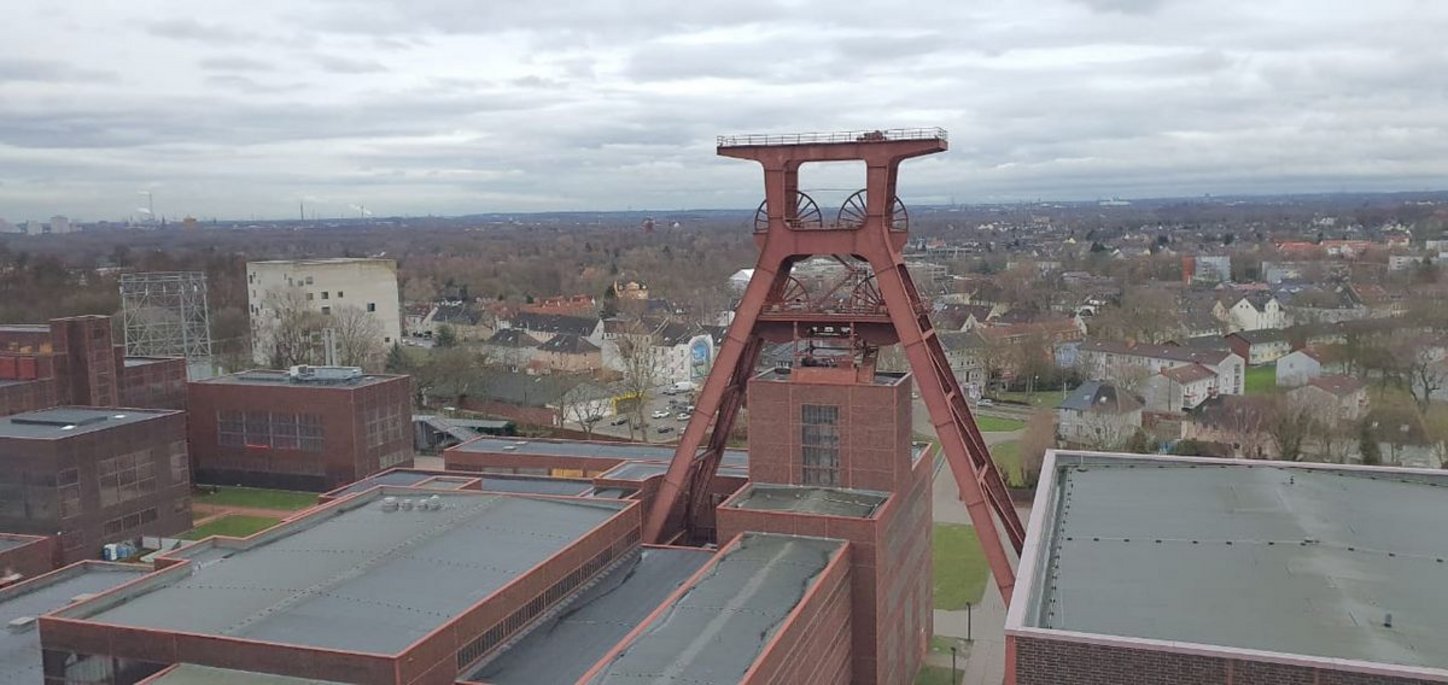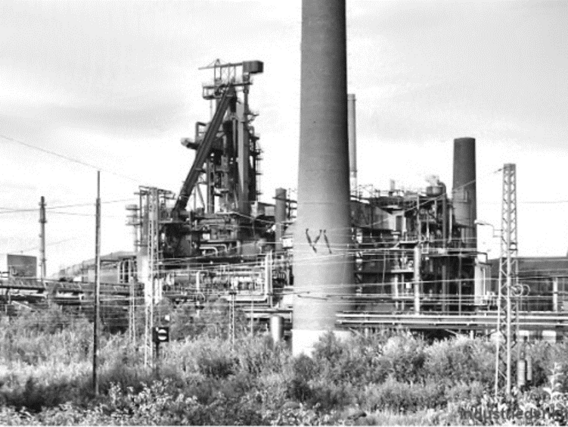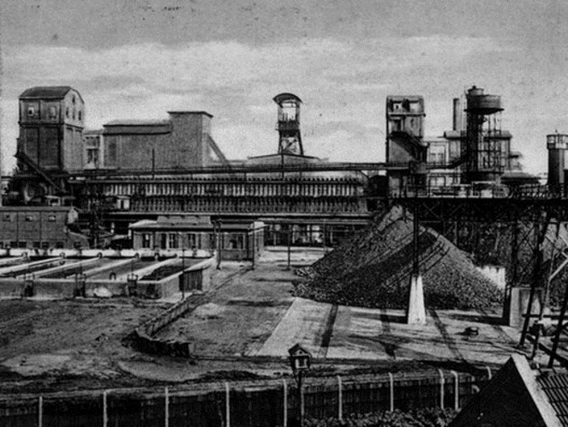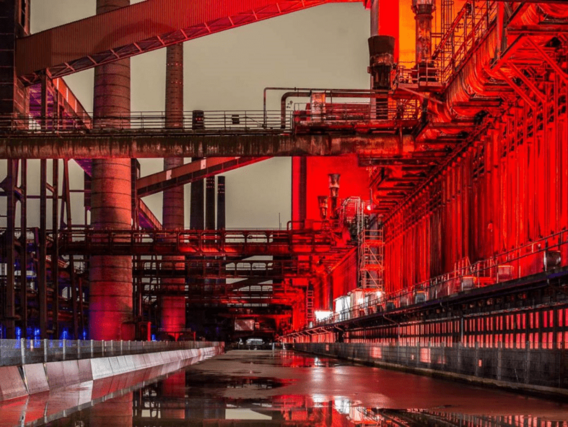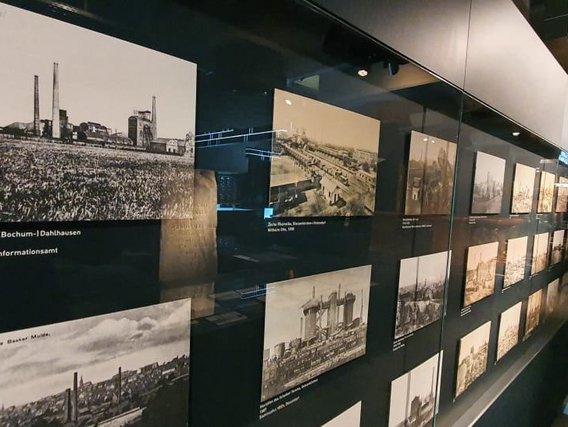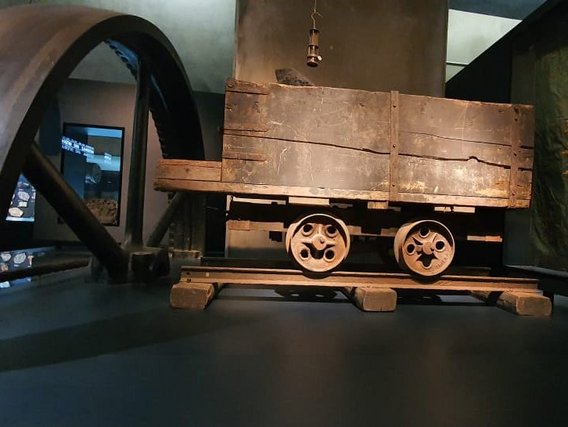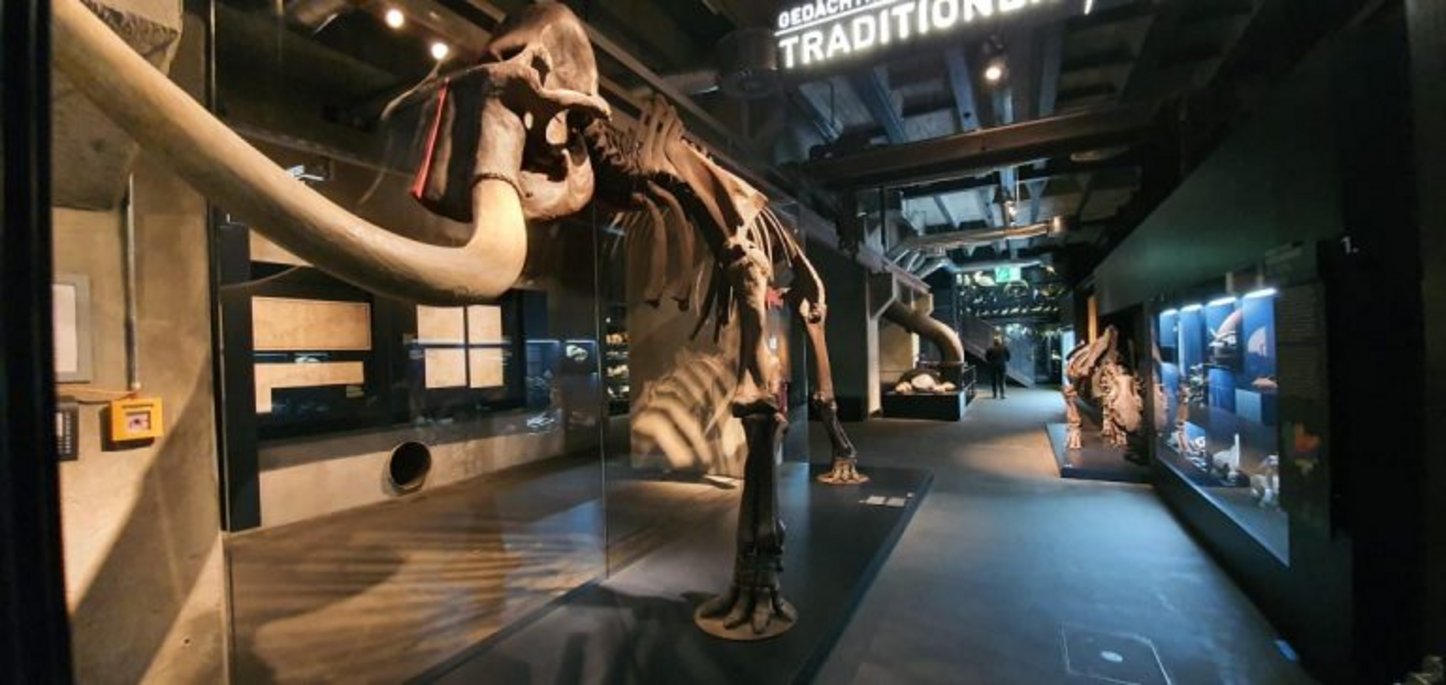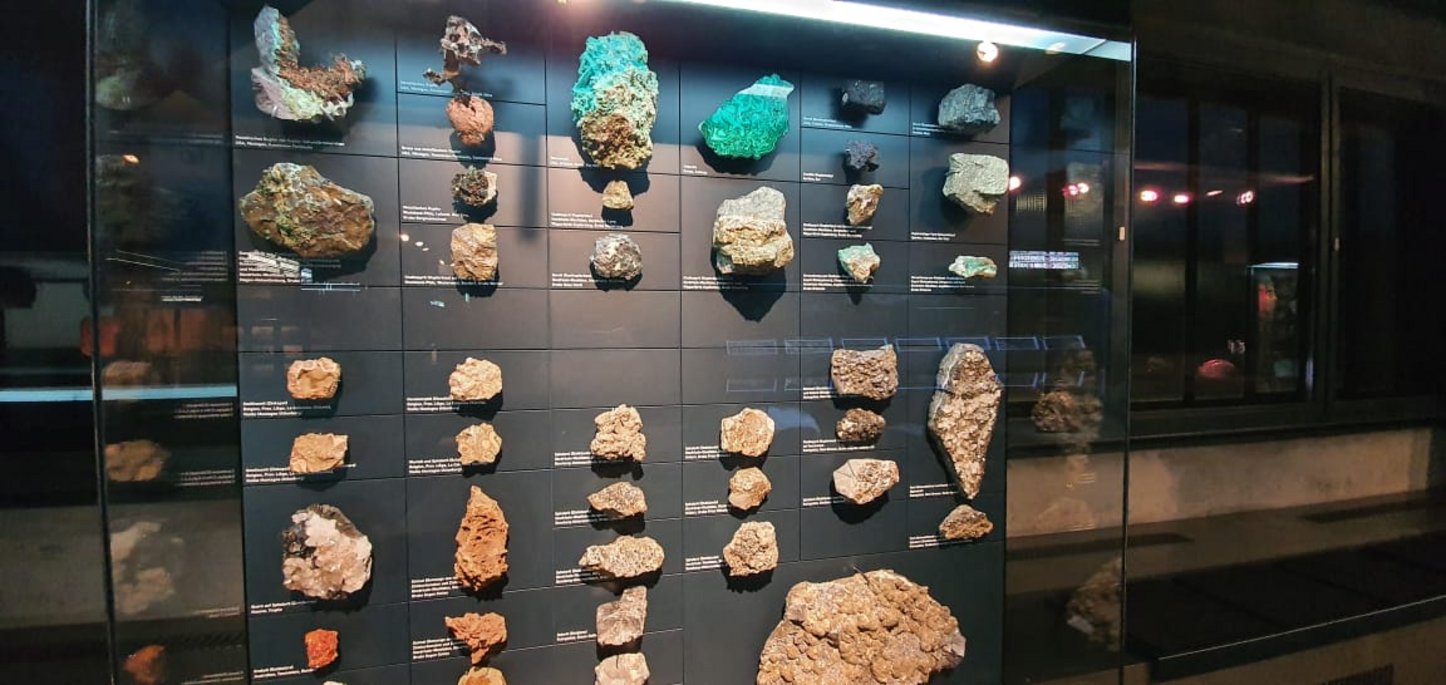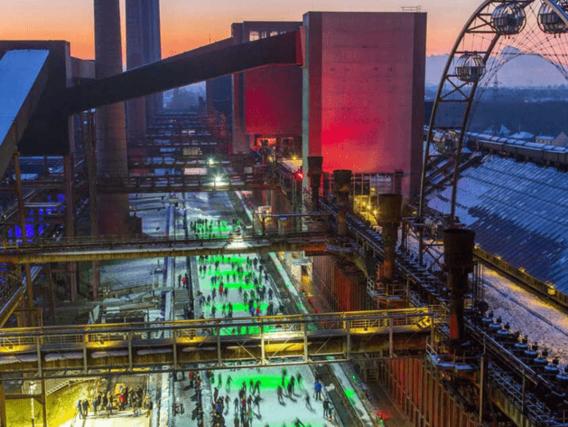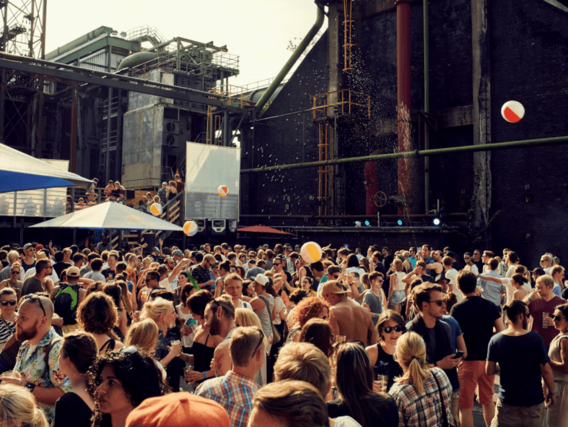
For almost 200 years western Germany was the country's industrial centre, with the Ruhr Valley, located in the state of North Rhine-Westphalia in Essen, being one of the most important industrial regions in the world with its more than 1,150 years of history.
The Zeche Zollverein was the largest coal mine in the world and is considered a symbol of the industrial development not only of Essen and its surroundings, but of Germany itself.
This coal mine was in operation for 135 years and was decommissioned in 1986. The shaft tower, one of the most important in the complex, was built in 1932 and influenced the construction of other European industrial centres for several decades.
In 1990 the site was transformed into an industrial architectural monument and became home to an art centre, museums, shops and restaurants. In 2001 the former coal mine was declared a World Heritage Site by Unesco, and today it is estimated that the Zeche Zollverein receives 1.5 million visitors every year.
We visited the former Zeche Zollverein mine and in this article we bring you a little of its history, which is a a great case of Mine Closure and the utilisation of industrial spaces for the common good.
